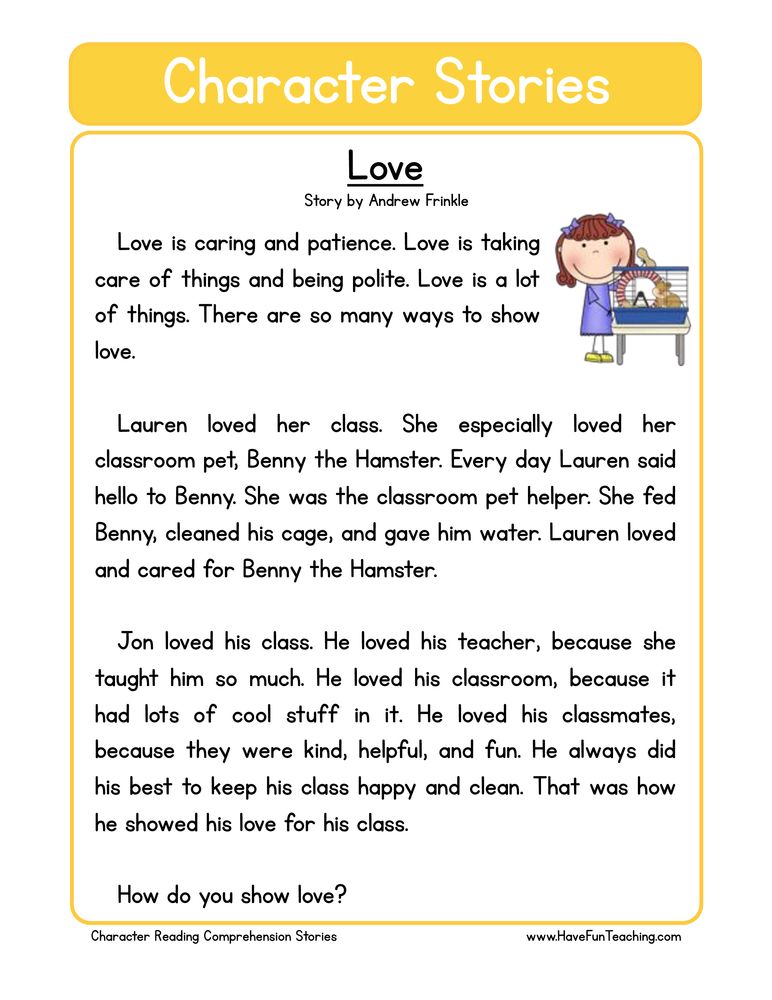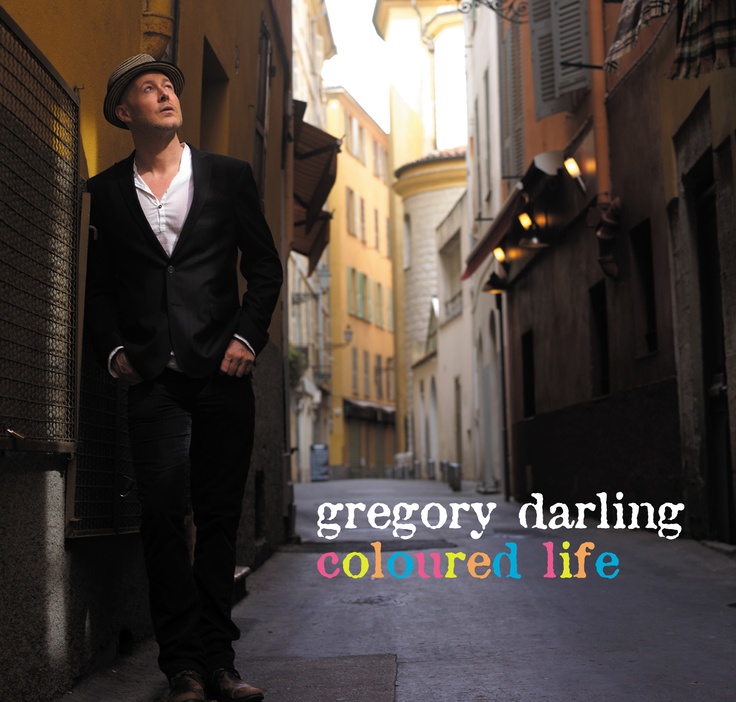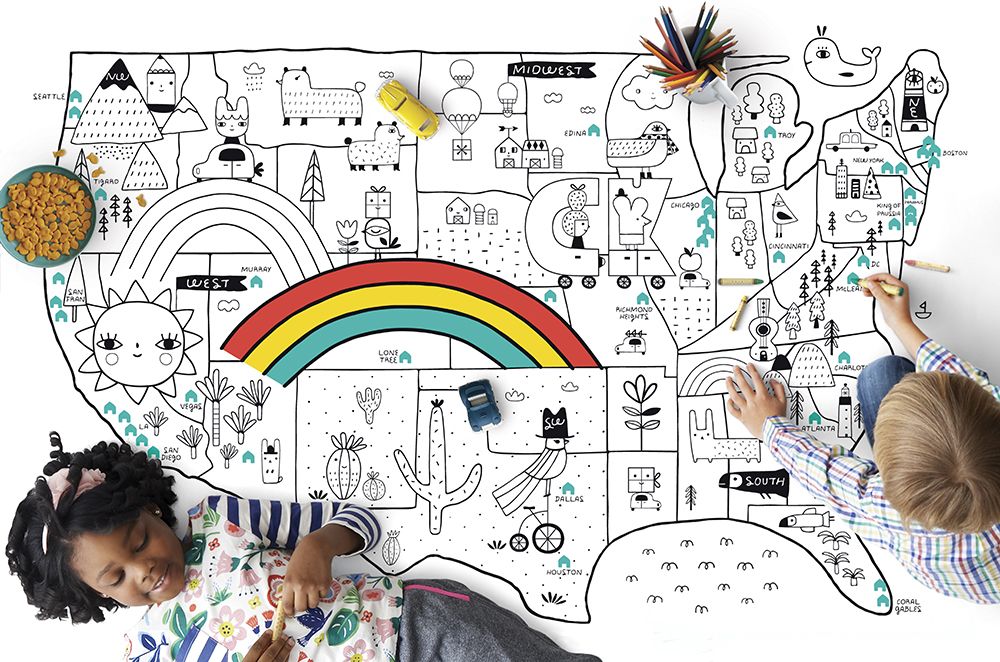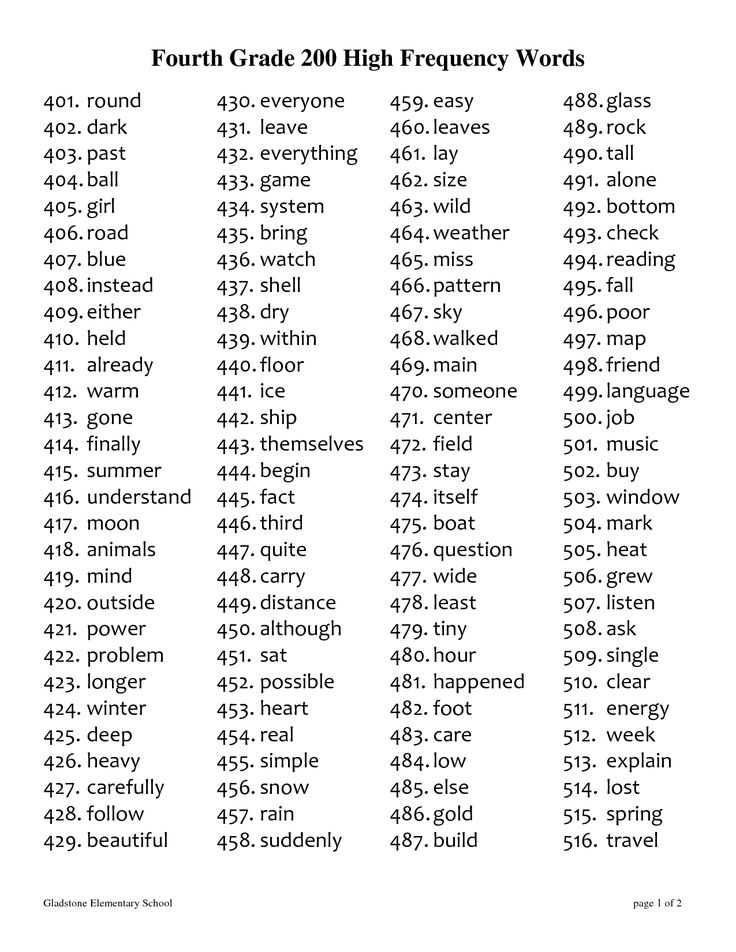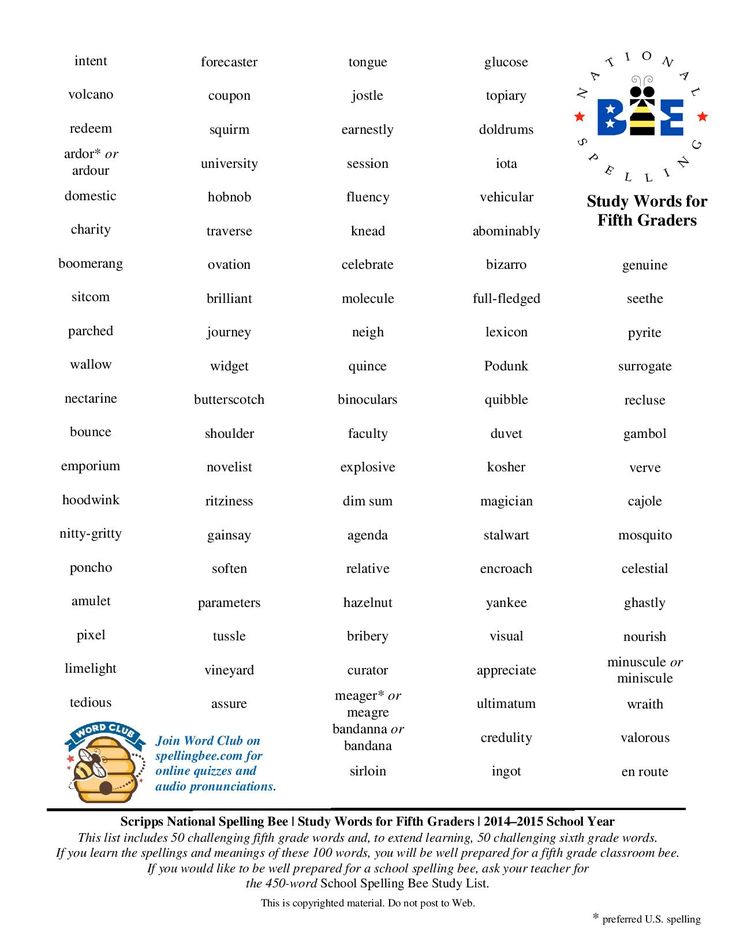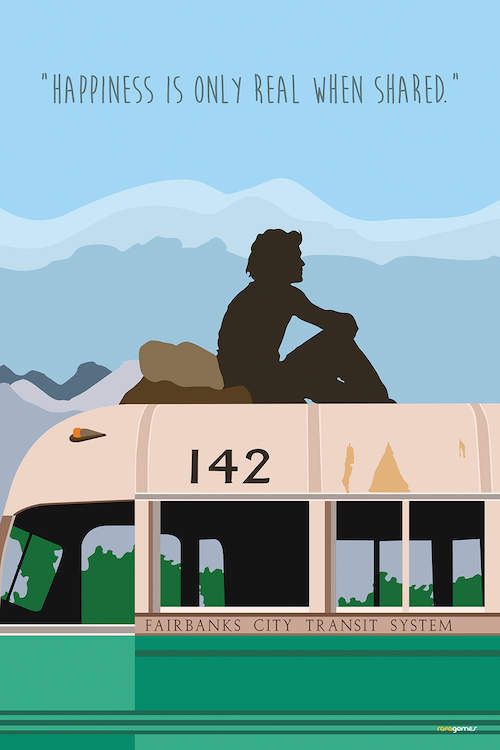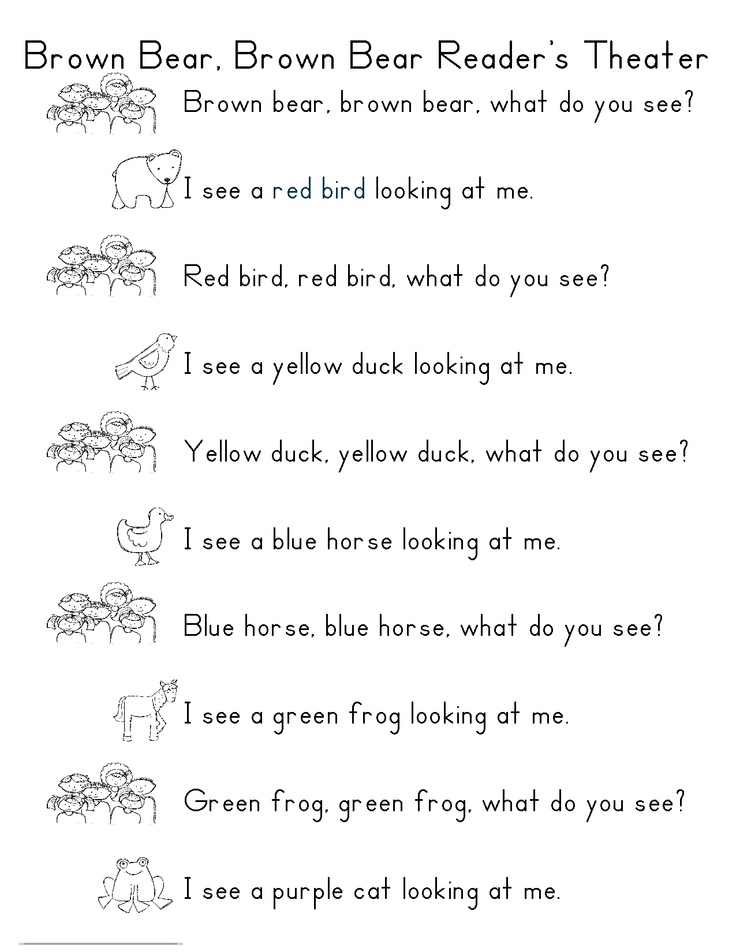Preschool maths ideas
Preschool Math Games and Activities to Engage Young Learners
Preschoolers have lots of important math skills to learn before they start kindergarten. Counting, number sense, sorting, patterns, comparing size, and so much more—these are all concepts toddlers need so they can move on to more advanced math concepts. These preschool math games and activities help kids master those skills in ways that are just as fun as playtime!
1. String beads on pipe cleaners
This is one of those classic preschool math games that has so many benefits for young learners. They get fine motor control practice along with learning to count, recognize numerals, and put numbers in order. All you need are pipe cleaners and beads.
ADVERTISEMENT
Learn more: Laughing Kids Learn
2. Monster Dice Match
Rolling dice gives kids a chance to practice counting and subitizing. Get the printable for this free matching game at the link.
Learn more: The Measured Mom—Monster Dice
3. Build and count
You’ll find lots of dice-related preschool math games out there. In this one, kids roll the dice and then stack blocks together. They finish by counting the blocks all together, an early intro to addition.
Learn more: Hands On as We Grow
4. Flip Uno cards to make a match
Get some memory practice while you learn numerals. Uno cards, with their bright and cheery colors and large numbers, are perfect for this, but regular playing cards work too.
Learn more: Primary Playground
5. Tag the number
We love that this game gives kids a chance to move! Tape up numbers on the wall (or write them on a whiteboard). Then have kids roll a die and run to tag the number that comes up. You can play this game in other ways too, like calling out the numbers randomly yourself, or taping the numbers in a variety of places around the room.
Learn more: This Reading Mama
6.
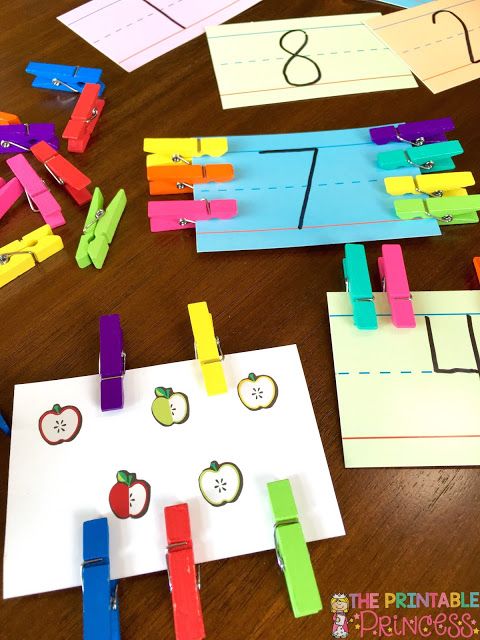 Build a city
Build a cityStack building blocks and build a city skyline. You’ll get a different result every time, making this one of those preschool math games kids can play again and again.
Learn more: Cinta + Co.
7. Race to fill the cup
So simple and so fun! Grab a bin of math cubes or small toys and some plastic cups. Kids roll a polyhedral die (you can also try flipping playing cards or Uno cards) and place that many items in their cup. The first to completely fill their cup wins!
Learn more: Frugal Fun for Boys and Girls—Fill the Cup
8. Hunt for numbers
Combine a sensory experience with some number practice. Fill a bin with sand, then bury playing cards for kids to find and match up.
Learn more: Busy Toddler/Number Hunt
9. Bounce a balloon
Everyone loves playing with balloons! Roll a die, then see if you can bounce a balloon into the air that many times without letting it hit the ground.
Learn more: Confidence Meets Parenting
10.
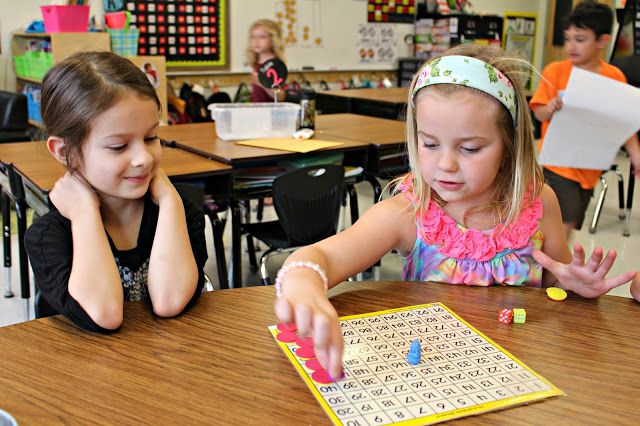 Build a beetle
Build a beetleThis is just like the original Cootie game, but no need to buy anything! Just cut beetle pieces from construction paper, then roll a die and see if you can be the first to assemble your bug!
Learn more: Teach Beside Me
11. Create shapes with sticks
Toddlers need to master their shapes, and this is a clever way to do it. Put together sets of wood craft sticks (use the same color for each shape) and let little fingers turn them into triangles, squares, and other shapes.
Learn more: Team Cartwright
12. Send bears into hibernation caves
Make “caves” from plastic bowls, then send little toy bears into “hibernation” in each one! Learn how the game works at the link.
Learn more: Pocket of Preschool
13. Park numbered cars
Vroom vroom! Number your toy cars to match the slots in a cardboard parking lot. Kids will have fun zooming them into the right places.
Learn more: B-Inspired Mama
14.
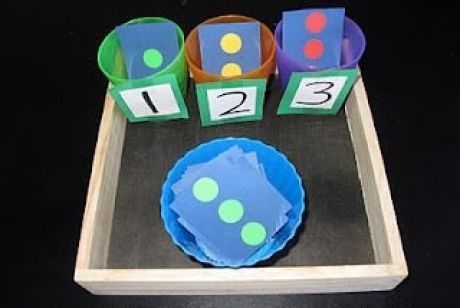 Line up dominoes
Line up dominoesDominoes are fantastic math learning tools. This game is a sneaky introduction to addition, as kids count up the total number of dots on each domino and put them in the proper place.
Learn more: Busy Toddler—Domino Line-Up
15. Copy ice tray patterns
Seeing and matching patterns is a key skill for preschoolers. Placing pom-poms into ice cube trays with plastic tweezers helps them work on fine motor skills too.
Learn more: Planning Playtime
16. Rubber Duck Math Race
In this game, kids race to see who can be the first to get their rubber duckies to 10 (or any number you choose). They roll a die and lay out tiles to move their duck. The twist? To get to 10 at the end, they must roll the exact number they need—no going over! Preschool math games like this help kids master counting to 10 and counting on.
Learn more: Happy Toddler Playtime—Rubber Duck Race
17. Feed the LEGO monster
Sort LEGO bricks by color, shape, or number of dots. Then compare the number that wind up in each bag to learn the concept of “more or less.”
Then compare the number that wind up in each bag to learn the concept of “more or less.”
Learn more: Toddler Approved
18. Drop blocks into tubes
Upcycle some empty cardboard tubes by labeling them with numbers. Then drop small items like blocks or caps into the tubes to match the numbers.
Learn more: Happy Toddler Playtime—Tube Counting
19. Compare numbers to music
Prep for this game by using dot markers on paper plates as shown (visit the link below for more examples). Each kid takes a plate and uses it to “drive” around the room as you play music. When the music stops, they find a nearby partner and compare what they see on each other’s plates (e.g., “8 dots is more than 4 dots. 1 green dot is less than 4 green dots.”). Then start the music up and repeat!
20. Hold a shape scavenger hunt
Preschool math students are learning to recognize shapes in their environment and also to categorize and sort. This scavenger hunt does it all! Send them out to find objects in the room that match the shapes. Then count and compare to see how many you have in each category.
Then count and compare to see how many you have in each category.
Learn more: Frugal Fun for Boys and Girls—Shape Scavenger Hunt
If you loved these preschool math games, be sure to check out 20 Simple and Fun Preschool Science Experiments and Activities.
Plus, get all the latest teaching tips and ideas when you sign up for our free newsletters!
Hands-On Math Activities for Preschoolers
Disclosure: This post contains affiliate links to Amazon. See my disclosure policy for details.
Math is so fun to teach to preschoolers because there are a lot of daily activities that incorporate math. Preschoolers don’t need worksheets for math…they should learn through play and hands-on activities.
1. Patterns with Bears
Counting Bears are a great math manipulative to use with preschoolers. You can sort, count, or use them with patterns.
I created some pattern cards to help with this. The first page is an AB pattern, meaning two colors alternate in the pattern.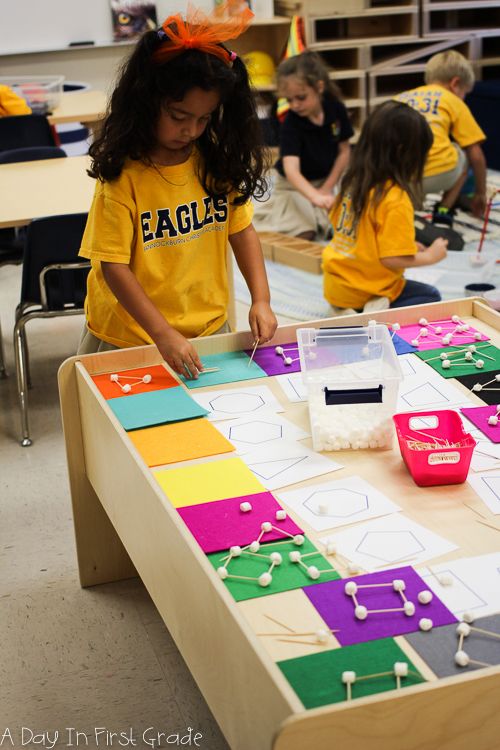 The second page is an ABC pattern, meaning three are three colors in the pattern. For this activity, your preschooler will set the colored bear on top of the matching color to create a pattern. On the ABC pattern cards, the last circle is left empty. That is for your child to tell you what color it should be.
The second page is an ABC pattern, meaning three are three colors in the pattern. For this activity, your preschooler will set the colored bear on top of the matching color to create a pattern. On the ABC pattern cards, the last circle is left empty. That is for your child to tell you what color it should be.
You can get the color patterns printable at the bottom of this post.
Math Skill: Patterns and Relationships
You can find more pattern activities here.
2. Sorting Colors with Bears
Sorting is a skill preschoolers should work on a lot. One way to sort is by color. We do this with our counting bears and a sorting mat.
You can get the sorting mat printable at the bottom of this post.
You can even use colored tape and pom poms to practice sorting! Add in some tweezers for some extra fine motor practice.
We also love counting mats! These are great for learning to count and working on one-to-one correspondence.
Math Skill: Patterns and Relationships
3. Money Muncher
A fun way to work on sorting is with the Money Muncher! It’s also a great activity for fine motor skills. To see all the fun details, click here.
Math Skill: Patterns and Relationships
4. Sorting Jelly Beans
Anytime we work with candy, my kids love it! You can sort M&Ms or jelly beans or whatever! To see how we did this with jelly beans, click here.
You can get the jelly bean sorting printable at the bottom of this post.
One more idea for sorting is by using toy animals. Have them sort by different characteristics, such as land animals and sea animals.
Math Skill: Patterns and Relationships
5. Graphing
Graphing is always good to introduce to preschoolers. It doesn’t have to be complex, but you can do a simple activity like graphing the types of transportation on a bar graph and use small pictures or toys (or I used erasers from The Dollar Tree).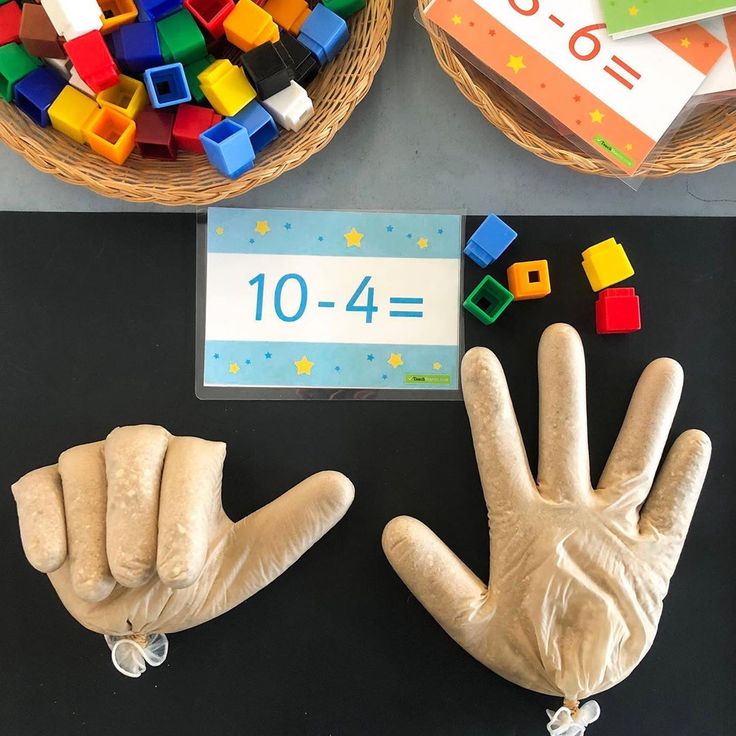
Make graphing hands-on using apples! Even young preschoolers can begin learning about graphing with this activity.
Check out this free gumball graphing activity right here.
Math Skill: Patterns and Relationships
6. Shape Wheel
This is a fun activity for learning shapes! Just print this shape wheel and draw the same colored shapes onto clothespins. Have your child match the clothespin to the shape on the wheel. This is great for working on fine motor skills!
You can get the shape wheel printable at the bottom of this post.
Math Skill: Geometry
7. Shape Sorter
An easy way to practice shapes is with a Shape Sorter! I bought these shapes at Michaels Craft Store many years ago, but these 3D geometric shapes would be a good option if you’re interested in creating a Shape Sorter. Check out this post for details on how to make this easy math activity.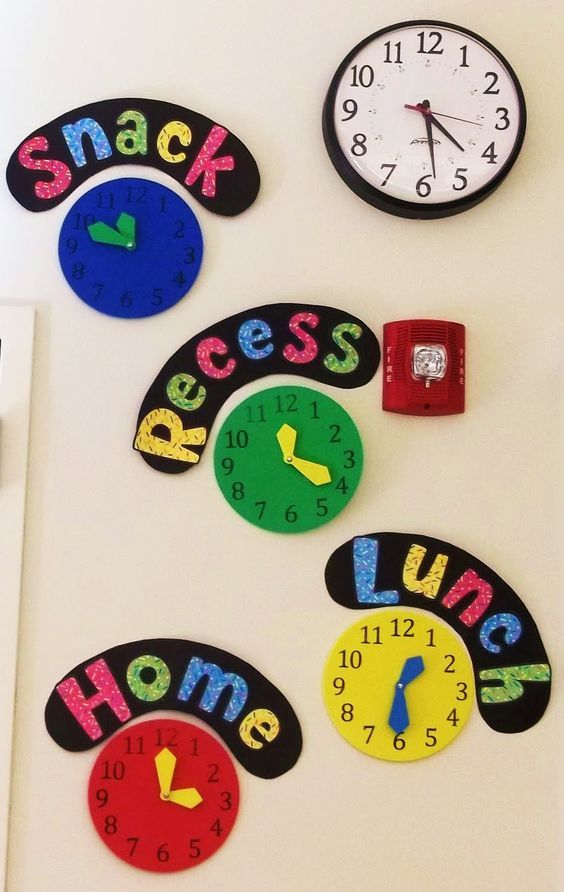
Math Skill: Geometry
8. Noodle Shape Cards
A neat sensory activity and a fun way to learn shapes are with noodles! See the post here to download the free shape cards.
Math Skill: Geometry
9. Foam Sticks
Learn shapes in the tub with these foam sticks! You can see how we did this here.
Another fun way to practice shapes is with the cookie shapes matching activity!
And my favorite way to teach about shapes is with my shape rhymes!
10. Dice Game
This is a really fun game! I took this Melissa & Doug wooden toy and put white circle stickers on the top of the pegs. I wrote numbers 1-6 and had 2 stars. I had my son roll the dice and whatever number it landed on, he would pound with a toy hammer. If the number he rolled was already down, he hit the star. Not only was this fun for him, but he was able to “subitize”, which simply means to recognize numbers instantly without counting the dots.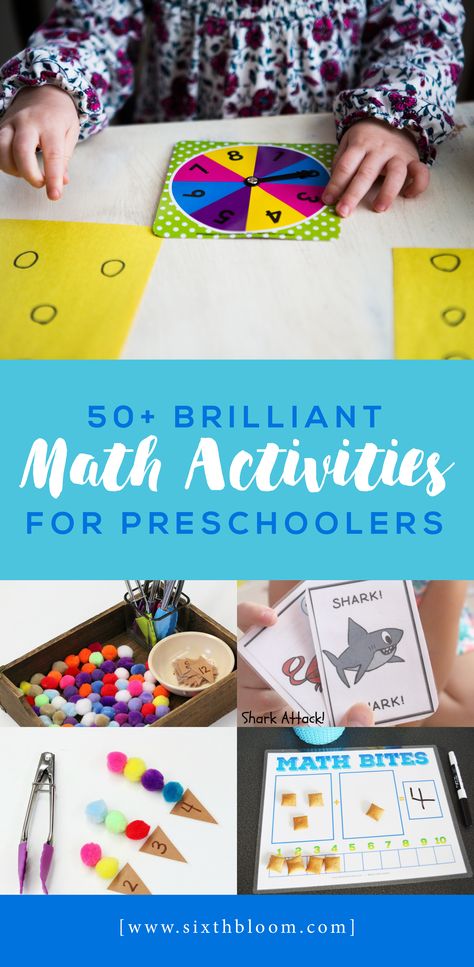
Math Skill: Number Concepts
11. Star Number Cards
Practice counting and recognizing numbers with star number cards. This one is great for working on one-to-one correspondence and fine motor skills.
You can get the star number printable cards at the bottom of this post.
Math Skill: Number Concepts
12. Ladybug Math
We made these adorable ladybugs and they were a hit! Not only were they fun to play with, but we did a lot of counting and sorting with them. Read all about it here.
Math Skill: Number Concepts
13. Balloons
Learn the order of numbers with this really fun game involving balloons! Check out the details here.
Math Skill: Number Concepts
14. Estimating with Water
We learned about estimation with a dropper with some fun, hands-on water activities.
Math Skill: Measurement
15. Pouring and Comparing
Pouring and Comparing
We practiced pouring skills with rice into these beakers. Then I had my son line them up from biggest to smallest. Using comparative words like big/small or empty/full help teach preschoolers about simple concepts of measurement. This is simple and you could elaborate on this activity.
One more easy way to practice measurement is with Unifix cubes. Place different lengths of tape on the floor or poster board. Then have your child use Unifix cubes to measure the lines. This is a simple way to practice counting, measuring, and comparing lengths.
Math Skill: Measurement
Lastly, check out this really easy and fun way to practice counting!
If you’re looking for digital math activities, make sure to check out my counting activities using Google Slides.
If you’d like to download the 5 free printables I shared in this blog post, just click on the button below!
Preschool Math
- Information
- Sunflower Group
- Preschool Math
Preschool Math
The problem of teaching children mathematics has been of interest to scientists for many centuries.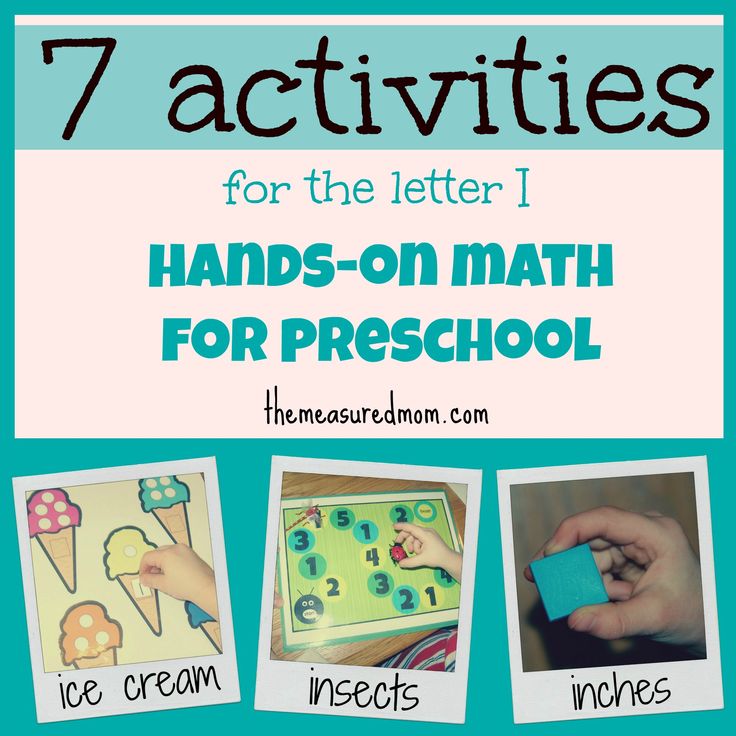 In the 17-19 centuries. Ya. A. Komensky, I. G. Pestalozzi, K. D. Ushinsky, Montessori and others came to the conclusion about the need for special mathematical training for preschool children. The formation of their knowledge about size, measurement, time and space was considered from the point of view of practical expediency. This period of the formation of the methodology is called empirical, since the main ideas of mathematical development generalized the personal experience of teachers.
In the 17-19 centuries. Ya. A. Komensky, I. G. Pestalozzi, K. D. Ushinsky, Montessori and others came to the conclusion about the need for special mathematical training for preschool children. The formation of their knowledge about size, measurement, time and space was considered from the point of view of practical expediency. This period of the formation of the methodology is called empirical, since the main ideas of mathematical development generalized the personal experience of teachers.
A huge contribution to the methodology of mathematics was made by I. G. Pestalozzi. He called his theory of education elementary, because he believed that the development of a child should begin with the simplest elements and move to the complex. He developed a system of exercises arranged in a certain sequence in order to set in motion the desire for activity inherent in the natural forces of man. Following Y. A. Comenius, I. G. Pestalozzi attached importance to visualization in teaching as a means of developing a child’s ability to compare objects in the process of observation, identifying their common and distinctive features and the relationships between them.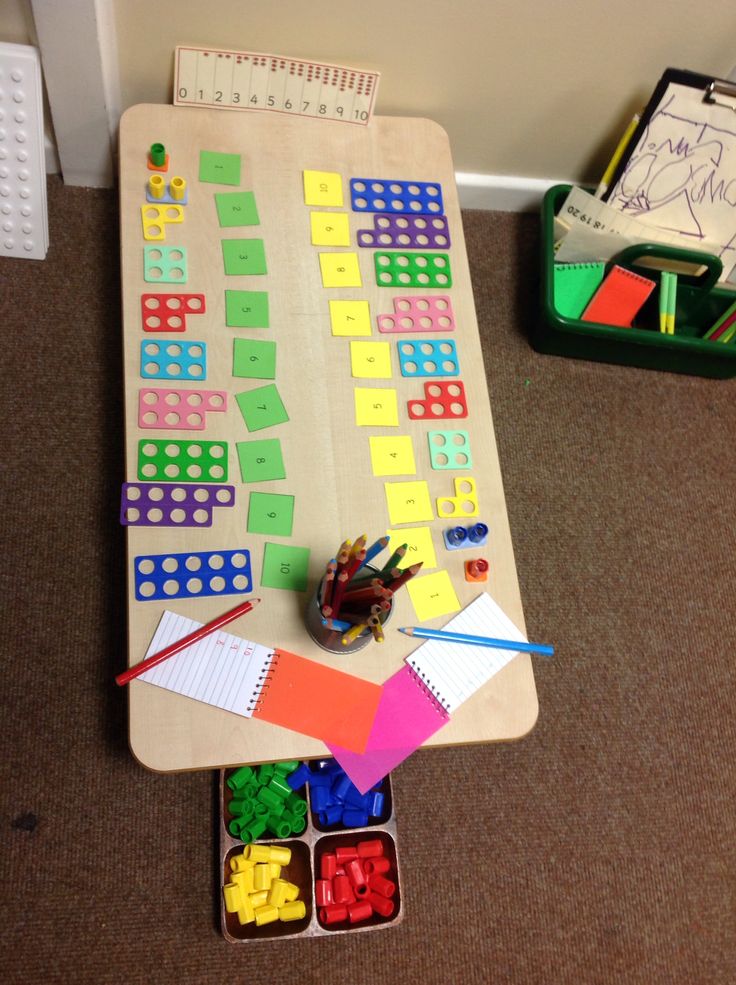 In order to facilitate the child's observations and streamline them, he singled out the simplest elements that are common to all educational subjects and therefore are the starting points for any subject. I. G. Pestalozzi suggested starting the initial teaching of counting from a unit: on the basis of a combination of separation of units, to give children visual representations of the properties of numbers.
In order to facilitate the child's observations and streamline them, he singled out the simplest elements that are common to all educational subjects and therefore are the starting points for any subject. I. G. Pestalozzi suggested starting the initial teaching of counting from a unit: on the basis of a combination of separation of units, to give children visual representations of the properties of numbers.
At the beginning of the XX century. there was a need for a detailed study of the mechanisms that make it possible to teach mathematics to preschoolers. At this stage, the formation of the theory and methodology of the mathematical development of preschoolers began, the content, methods and techniques of working with children were determined.
Mathematics has a unique developmental effect. Its study contributes to the development of memory, speech, imagination, emotions; forms perseverance, patience, creative potential of the individual. Mathematics is one of the most difficult academic subjects. The potential of a preschool teacher lies not in the transfer of certain mathematical knowledge and skills, but in familiarizing children with material that gives food to the imagination, affecting not only the purely intellectual, but also the emotional sphere of the child. The preschool teacher must let the child feel that he can understand, learn not only private concepts, but also general patterns. And most importantly, to know the joy in overcoming difficulties.
The potential of a preschool teacher lies not in the transfer of certain mathematical knowledge and skills, but in familiarizing children with material that gives food to the imagination, affecting not only the purely intellectual, but also the emotional sphere of the child. The preschool teacher must let the child feel that he can understand, learn not only private concepts, but also general patterns. And most importantly, to know the joy in overcoming difficulties.
Teaching preschoolers the basics of mathematics is given an important place. This is due to a number of reasons: the beginning of schooling from the age of six, the abundance of information received by the child.
Achieving successful assimilation of educational material allows the use of various methods, techniques and teaching aids. The choice of teaching methods depends on the goals and objectives set, the age of the children, the content of the material being studied and the stage of the lesson.
At present, new approaches to the development of cognitive interests in mathematics in preschoolers have been developed.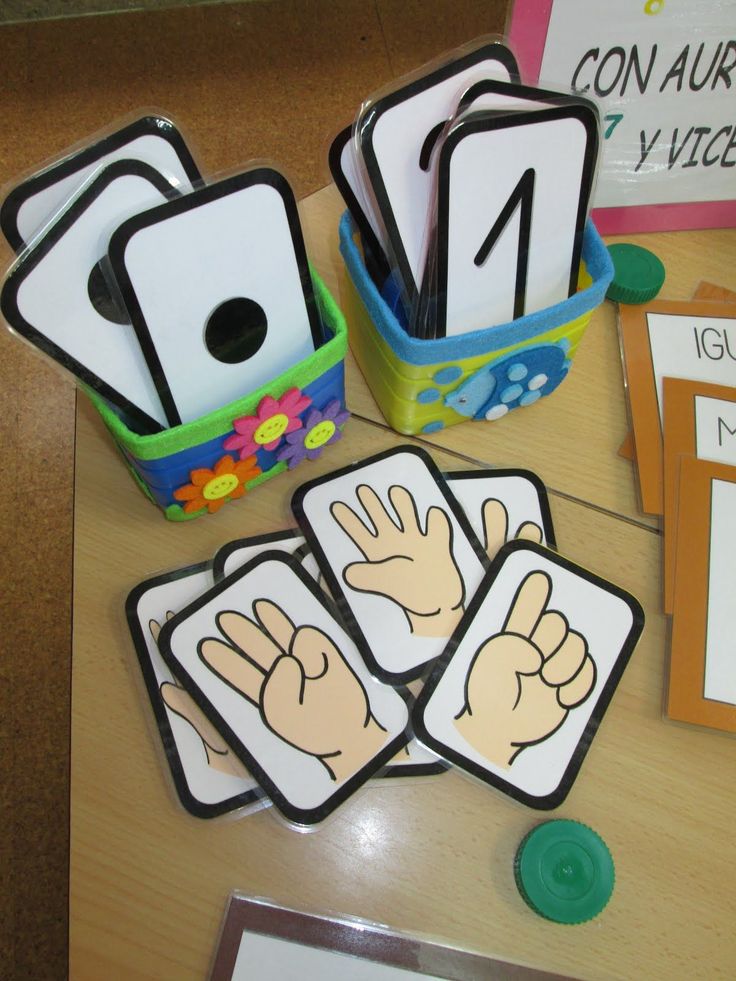
The age capabilities of children in mastering mathematical content have increased, the school's requirements for the mathematical preparation of preschoolers have increased, social conditions and the attitude of adults to the upbringing and education of children have changed. Educators have ample opportunities in choosing mathematical development programs, in using a variety of models and technologies for teaching preschoolers.
At preschool age directly - educational activity begins to develop in the process of playing, so the child must learn by playing.
In our kindergarten, in the process of forming elementary mathematical concepts in preschoolers, we use a variety of teaching methods: practical, visual, verbal. This contributes to the fact that children have an interest in learning, develop creativity, initiative, perseverance, self-control, which, in addition to intelligence and acquired skills and abilities, constitute the creative orientation of the individual.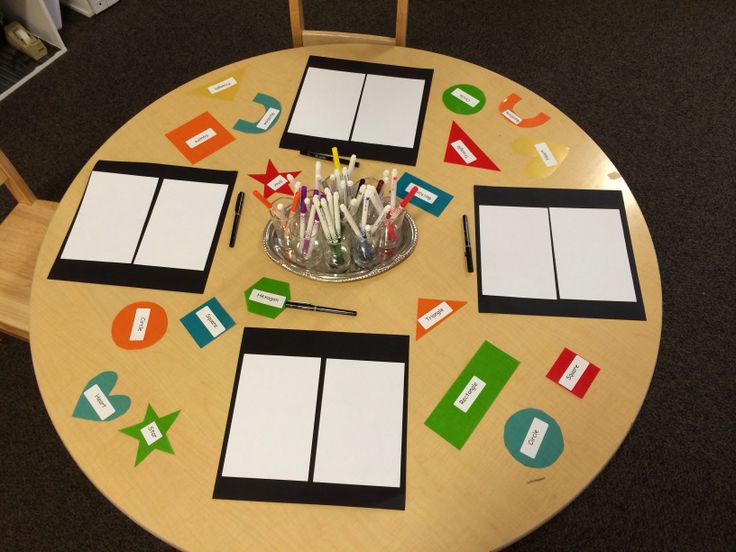 Interest is often caused by increased difficulty, non-standard game, the need to solve the problem.
Interest is often caused by increased difficulty, non-standard game, the need to solve the problem.
In the game, our educators model such logical and mathematical constructions that help accelerate the formation and development of logical thinking structures in preschoolers. During the game, we create favorable conditions for the application of mathematical knowledge, their active and independent use. Children develop an interest in mathematical content.
Teaching mathematics to preschool children is unthinkable without the use of entertaining games, tasks, and entertainment. The teachers chose a place in the group where they placed the game library. This is a bright place, there are tables nearby, where you can comfortably sit down with an interesting game.
Many bright educational games attract the attention of children. The frequent change of games maintains the constant interest of children in the toy library. Our educators have made manuals, didactic games of mathematical content, card indexes of games with Gyenesh blocks and Kuizener sticks.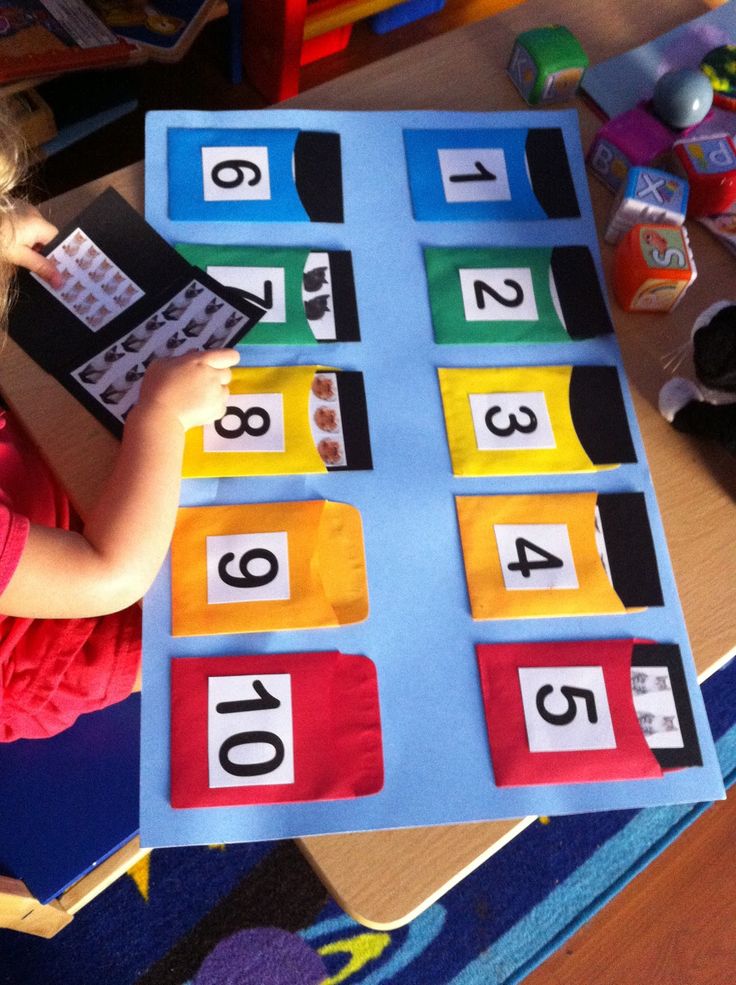 Compiled a series of notes on working with children in the classroom. They included games and exercises for the development of attention, fantasy, imagination and speech of the child; games for the classification of objects by purpose. For example: "Fourth Extra", "Magic Bag", "Geometric Lotto" and many others. To develop attention, the ability to draw logical conclusions, in working with children, we use logical tables. We directed the mathematical content of the work to the development of the cognitive and creative abilities of children: the ability to generalize, compare, identify and establish patterns, connections and relationships, solve problems, put them forward, foresee the result and the course of solving a creative problem. To do this, we involved children in meaningful, active and developing activities in the classroom.
Compiled a series of notes on working with children in the classroom. They included games and exercises for the development of attention, fantasy, imagination and speech of the child; games for the classification of objects by purpose. For example: "Fourth Extra", "Magic Bag", "Geometric Lotto" and many others. To develop attention, the ability to draw logical conclusions, in working with children, we use logical tables. We directed the mathematical content of the work to the development of the cognitive and creative abilities of children: the ability to generalize, compare, identify and establish patterns, connections and relationships, solve problems, put them forward, foresee the result and the course of solving a creative problem. To do this, we involved children in meaningful, active and developing activities in the classroom.
We offer children independent gaming and practical exercises outside of class, based on self-control and self-esteem. For example, games: "Find the place of the object", "Transparent square", "What has changed".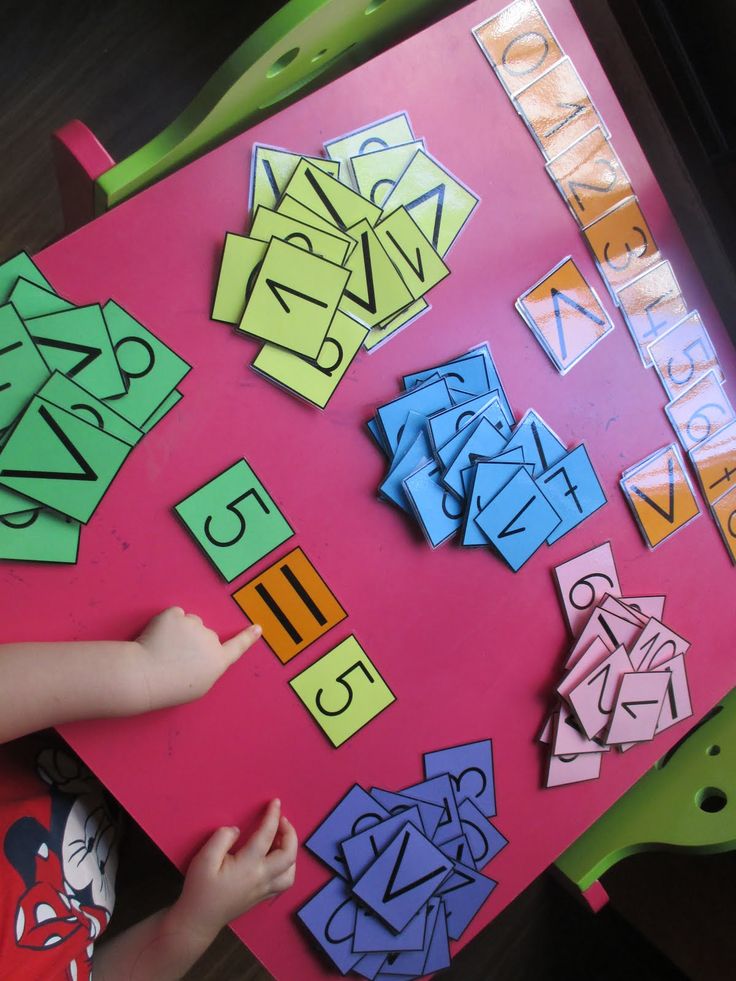
A series of games were included in the work with children: “Fold the square”, “Fold the circle”. They develop the ability to make a whole out of parts, contribute to the development of imagination, constructive thinking, willpower, the ability to bring the work started to the end.
To develop attention, the ability to draw logical conclusions, in working with children, we use logical tables. Children examine and analyze the rows of figures, and then choose the missing figure from the proposed samples.
For orientation in space, we use a planmap in our work, according to which children consolidate knowledge: right, left, up, down, forward, back. Working with a planmap teaches children to build their story in sequence, for example, "How to get to house A."
To develop children's memory, attention, logical thinking, sensory and creative abilities; learn to count, count the right amount, get acquainted with spatial relationships and magnitude; Voskobovich's games help to correlate the whole and the parts.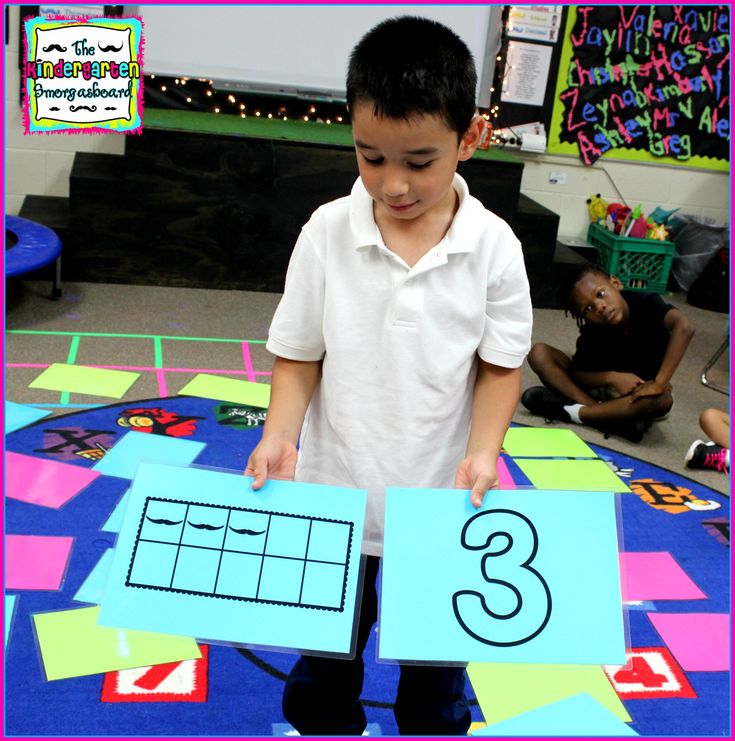
Each group has a center for sensory development, where children, together with the teacher, explore objects, highlight color, size, shape. They develop fine motor skills of the hands, enrich the tactile sensitivity of the palms, form the visual memory of the imagination.
Walks and excursions are the richest source for expanding the mathematical horizons of children. While walking along the street, in the park, in the forest, attention is drawn to the number, size, shape, spatial arrangement of objects (count how many cars have passed; compare the height of a tree and a house, the size of a dove and a sparrow; name three objects of different lengths , width, height; explain where the new house is being built, how many floors; what shape are the birch leaves?).
We teach children to apply mathematical knowledge in various situations, we create conditions in which children realize the need to apply their skills and solve the problem on their own.
Organized the work of the studio of educational games, where we use games and tasks with Gyenesh blocks.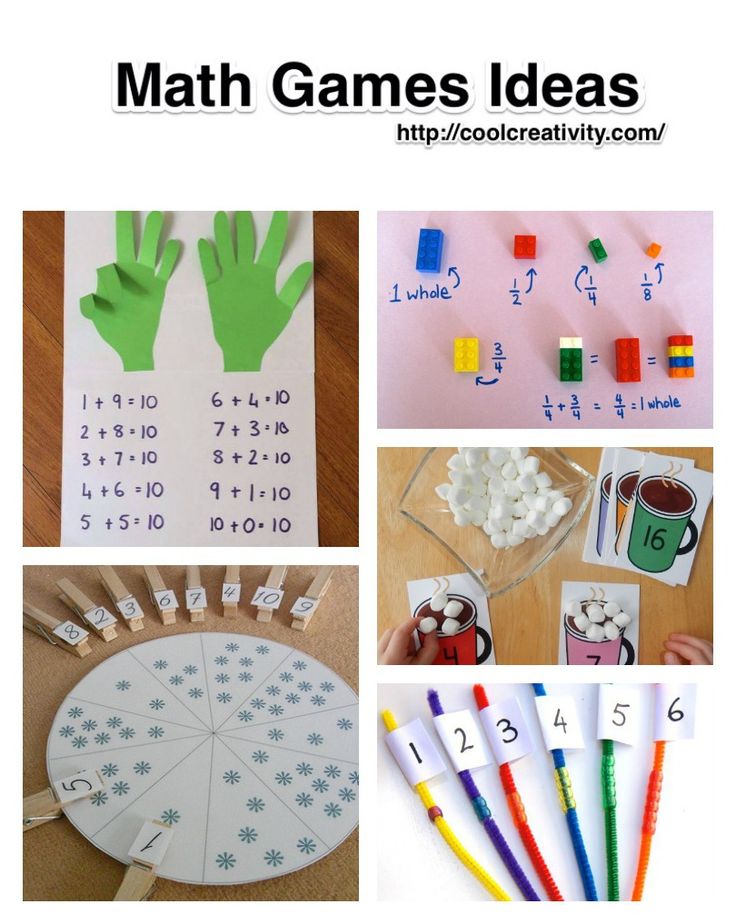 For example, such logical tasks with blocks as "Collect the chain". This game develops the ability to see the rhythmic sequence of actions, the ability to highlight several features (color, shape, size).
For example, such logical tasks with blocks as "Collect the chain". This game develops the ability to see the rhythmic sequence of actions, the ability to highlight several features (color, shape, size).
The children really enjoyed the train game. Blocks served as tickets for it, and cards encoding these blocks lay in places on the train.
Our parents were very interested in working with Gyenesh logic blocks, and we held a consultation for them on this topic, as well as a workshop on the "Let's play" manual, where we talked about the need to create home games libraries, what games to buy and how to play them with children . Parents responded to our wishes and equipped home game libraries.
The children of our kindergarten began to show an increased interest in sign systems, modeling, perform arithmetic operations with numbers with pleasure, are more independent in solving creative problems and evaluating the result.
We believe that only by joint efforts in the work of the kindergarten and the family it was possible to achieve certain results in the development of children.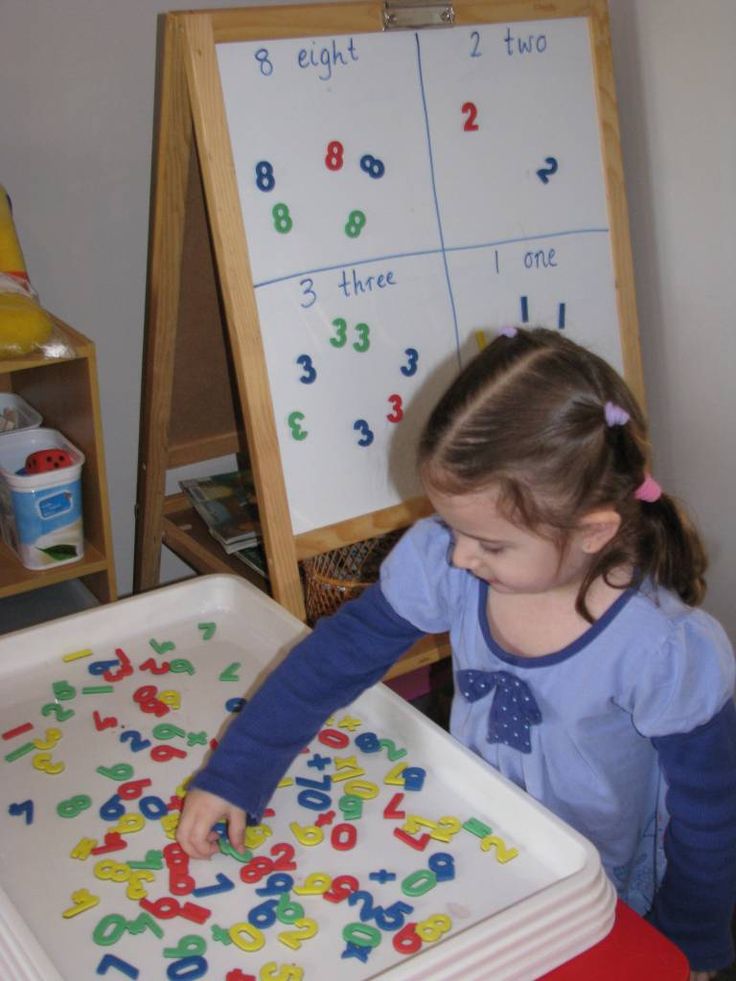
As a result of our work, children have become more active in the classroom, use complete answers, their statements are based on evidence, children have become more independent in solving various problem situations. They have improved memory, thinking, ability to reason, think. Children develop cognitive abilities, intelligence, instill the skills of a culture of speech communication, improve aesthetic and moral attitudes to the environment.
Preschool age is the beginning of a long road to the world of knowledge, to the world of miracles. After all, it is at this age that the foundation for further education is laid. The task is not only how to learn how to properly hold a pen, write, count, but also the ability to think and create. A huge role in mental education and in the development of the child's intellect is played by mathematical development.
Methods of mathematical development of preschool children as a science and subject
1. Methods of mathematical development of preschool children as a science and academic subject
METHODOLOGY OF MATHEMATICALDEVELOPMENT OF CHILDREN
OF PRESCHOOL AGE AS
SCIENCE AND SUBJECT
to the perception and assimilation of mathematics,
contribute to the education and development of the child's personality
.
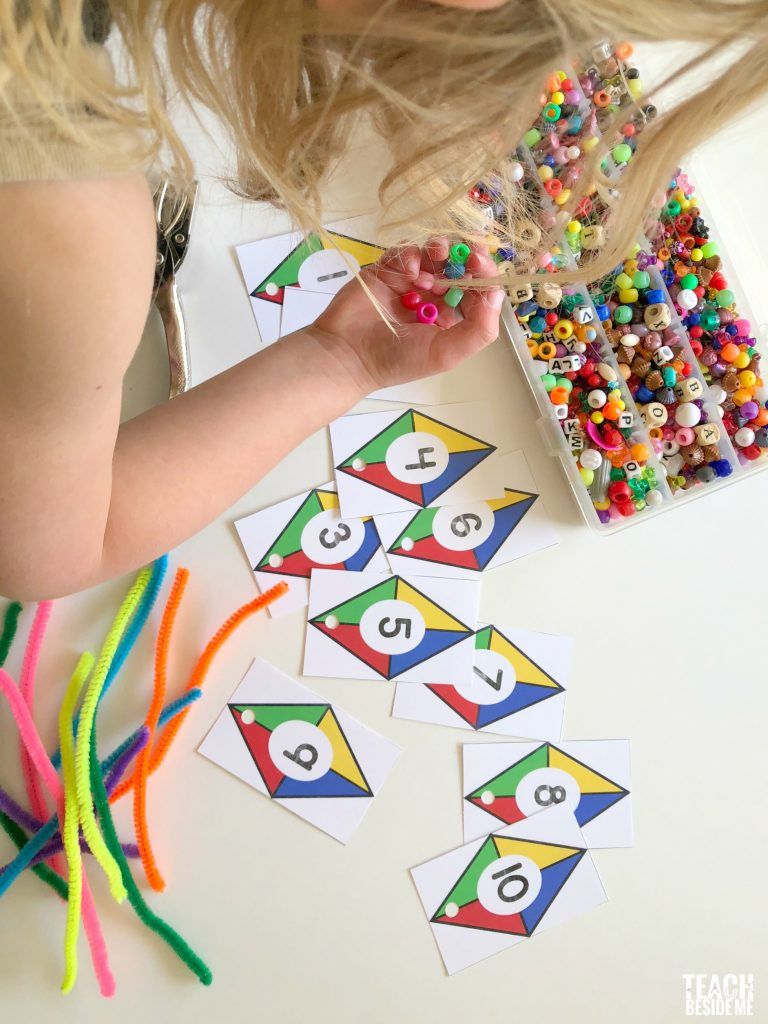
This science emerged from preschool
pedagogy and became an independent scientific and
educational area.
The subject of her research is the study of
the basic laws of the mathematical development of
children, as well as the study of
pedagogical conditions that ensure
the full-fledged mathematical development of the child
in the process of purposeful teaching
mathematics in preschool.
Cognitive development involves the development of
children's interests, curiosity and cognitive motivation
; formation of cognitive actions,
the formation of consciousness; development of imagination and
creative activity; formation of primary
ideas about oneself, other people, objects
of the surrounding world, about the properties and relations of objects
of the surrounding world (shape, color, size, material,
sound, rhythm, tempo, quantity, number, part and
whole, space and time, movement and rest,
causes and effects, etc.
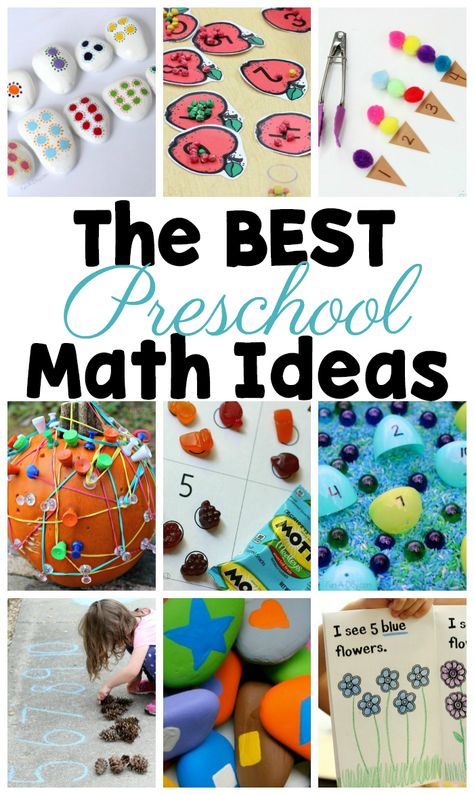 ), about the small homeland and
), about the small homeland and Fatherland, ideas about the socio-cultural values
of our people, about domestic traditions and
holidays, about the planet Earth as a common home of people,
about the peculiarities of its nature, the diversity of countries and
peoples of the world.
Mathematical development of
preschoolers is understood as
qualitative changes in the cognitive activity of the personality
, occurring as a result of mastering
mathematical representations and
associated logical operations.
The formation of mathematical representations is
a purposeful and organized process of transmission and
0078 assimilation of knowledge, techniques and methods of
mental activity provided for by
program requirements.
5. Mathematical development of preschoolers includes
m atmatic development ofpreschoolers includes
Formation
mathematical
representations
Development
Mathematical
Activities
On the amount, number,
scores, computing, computers, Calcities, Censors, Censors, Calcities, Calcities, Calcities, Calculations, Distributions, Calcities, Calculations, Dermonsy, Calculations.
 measuring,
measuring, form,
indicative
space, time
Development
logical
techniques
thinking
analysis, synthesis,
generalization,
comparison,
seriation,
classification and
others.
CONTENT OF SECTIONS
PROGRAMS FOR
FEMP
V
DOW
"Number and Count": ideas about the set, number, count,
arithmetic operations, text tasks.
"Magnitude": concepts of various magnitudes, their comparison
and measurement (length, width, height, thickness, area, volume,
mass).
"Form": ideas about the form of objects, about geometric figures
(flat and three-dimensional), their properties and relationships.
"Orientation in space": orientation on one's body,
relative to oneself, relative to objects, relative to another person
, orientation on a plane and in space, on a sheet of paper
(clean and in a cage), orientation in motion.
"Orientation in time": representation of parts of the day, days
weeks, months and seasons; development of a sense of time.
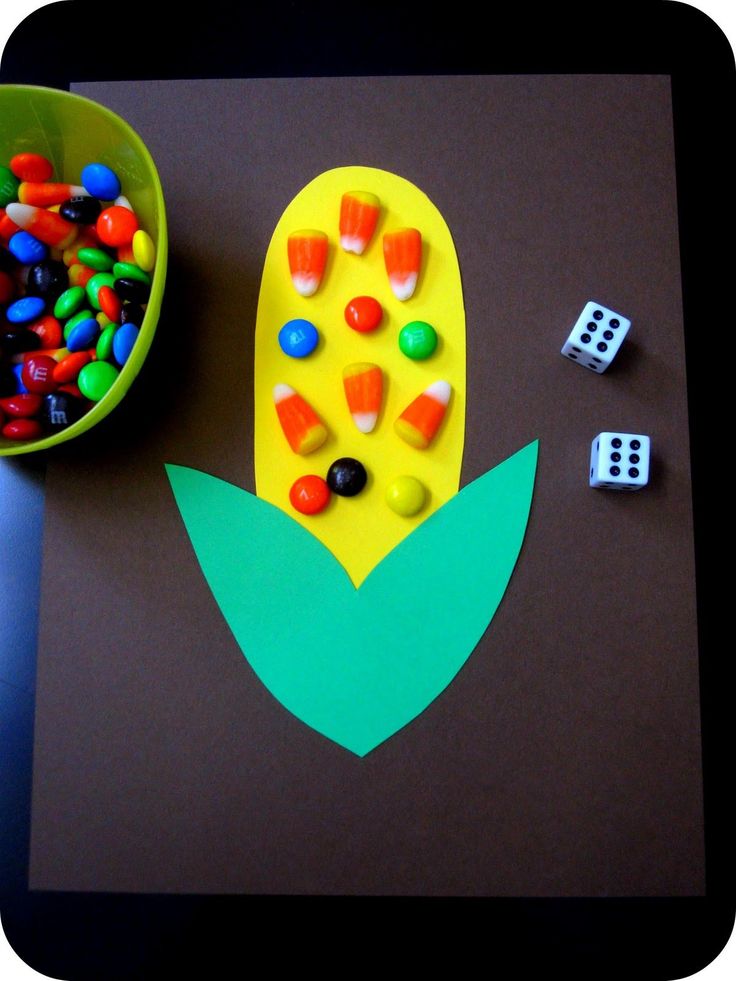
7. The development of logical methods of thinking
DEVELOPMENTLOGICAL TECHNIQUES
THINKING
Logical operations
Analysis (decomposition of the whole into
component parts)
Synthesis (cognition of the whole in unity
and the interconnection of its parts)
Comparison (078 comparison) to establish similarity
and differences)
Specification (clarification)
Generalization (expression of the main
results in a general position)
Seriation (arrangement of
objects in a certain order)
Examples of tasks for preschoolers
- What geometric shapes is
made up of a car?
- Make a house out of geometric shapes
- How are these objects similar? (shape)
- What is the difference between these items? (size)
- What do you know about the triangle?
- How can one name a square,
a rectangle and a rhombus in one word?
— Place nesting dolls according to height
Classification (distribution
— Divide the figures into two groups.
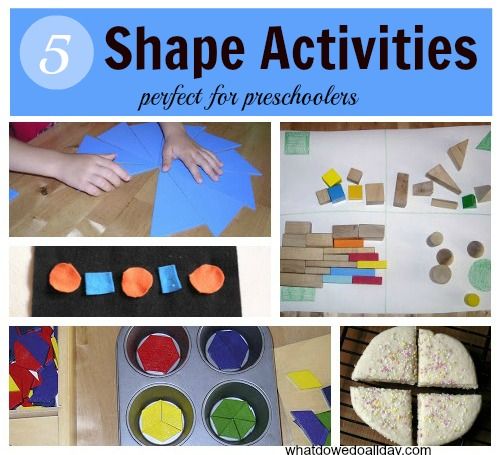
objects in groups depending on - On what basis did you do this?
from their common features)
Abstraction (abstraction from
a number of properties and relationships)
— Show round objects
mathematical representations in each age group
.
Selection of factual content for preparation
child to learning mathematics at school, ie. implementation of continuity
in the formation of mathematical representations
in kindergarten and the corresponding concepts in
school.
Development and implementation in practice of effective
didactic tools, developing methods and
various forms of organization of the development process
mathematical representations.
9. Tasks of the methodology of mathematical development of children
0078 Development of the content of traininghighly qualified personnel capable of
carrying out pedagogical and methodological work on the
mathematical development of children in all parts of the
system of preschool education.
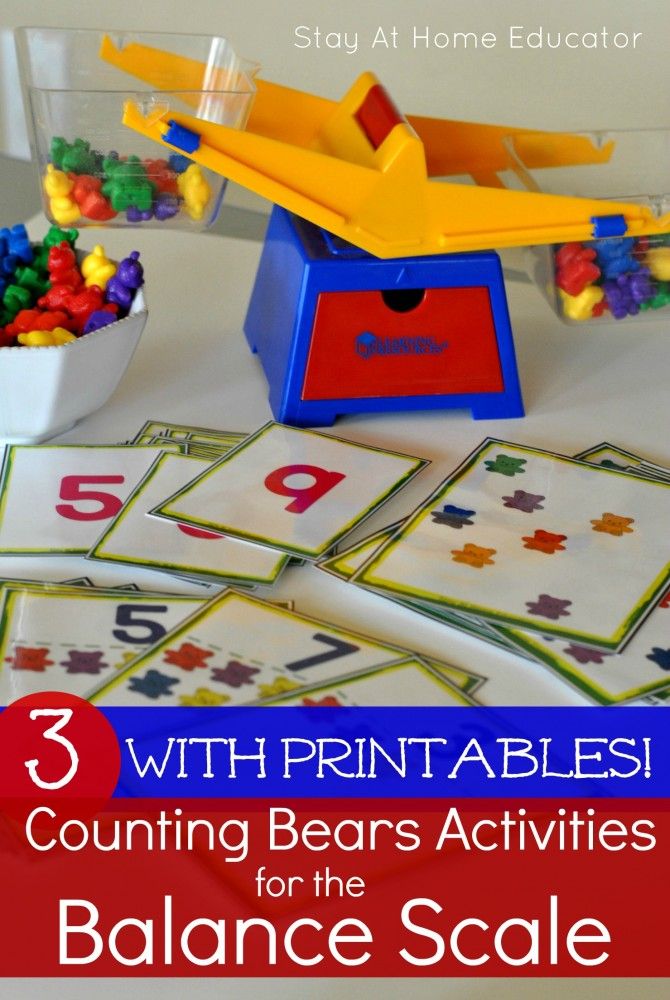
Development on a scientific basis of guidelines
for parents on the mathematical development of children in
family conditions.
10. Connection with other sciences
C LINK WITH OTHER SCIENCESShe has the closest connection with preschool pedagogy.
The methodology for the mathematical development of preschoolers
is based on the tasks of teaching and
the mental education of children that it develops: principles, conditions,
ways, means, methods, forms of organization, etc. This connection
is reciprocal in nature:
research and development of problems of the mathematical development of children
in turn improves pedagogical theory
, enriching it with new
factual material.
11. Connection with other sciences
C LINK WITH OTHER SCIENCES 9Preparing children for learning mathematics at school can not be successfully carried out
without connection with the methodology
of primary teaching of mathematics and some aspects of
mathematics itself, which serve as the
theoretical basis for teaching preschoolers and
younger students.
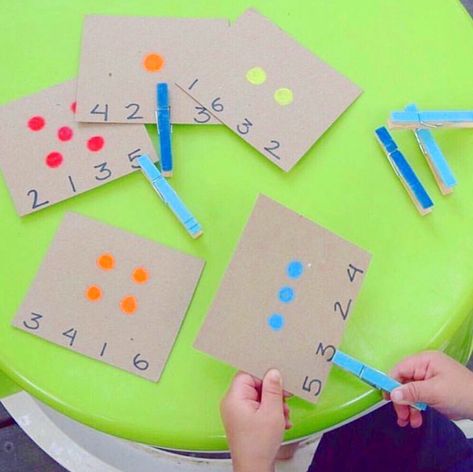 Reliance on these sciences allows
Reliance on these sciences allows to determine the volume and content of mathematical knowledge
that must be mastered by a child in kindergarten
and serve as the foundation of mathematical
education.
12. Connection with other sciences
C LINK WITH OTHER SCIENCESThe most important are such fundamental
mathematical concepts as “set”,
“relation”, “number”, “value”.
Improving the content and methods of teaching
mathematics at school suggests a new attitude to
preparing children in kindergarten. Currently,
significant changes have been made to the content of
mathematical training for preschoolers; found and
tested more effective methods and means
learning. Connection with the methodology of teaching mathematics in elementary school
allows to correctly determine
the main ways of further improvement
of the methodology of mathematical development of preschoolers.
13.
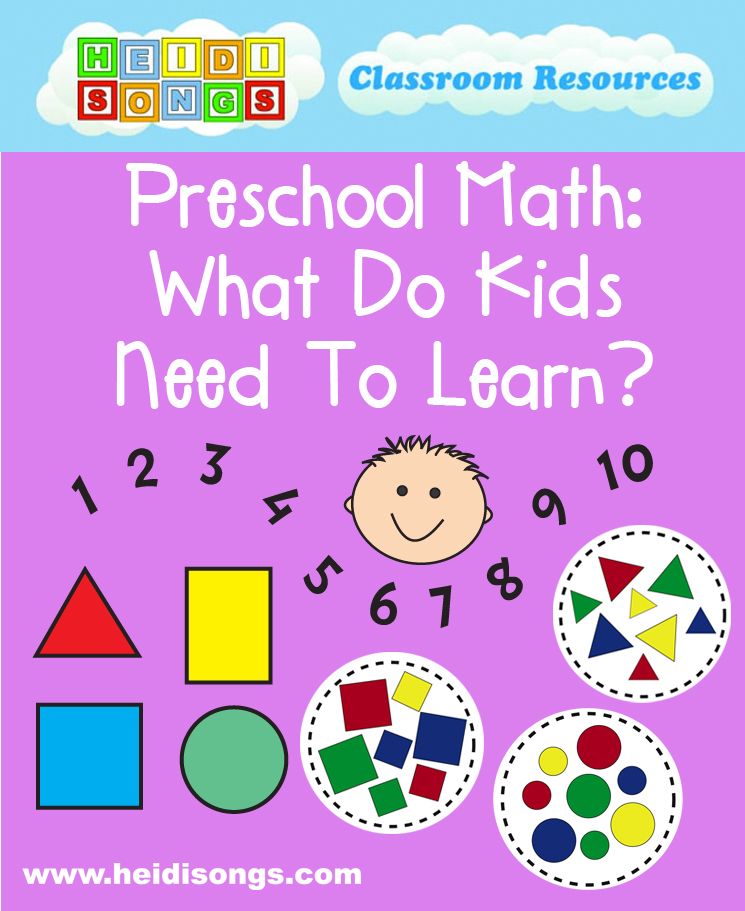 Connection with other sciences C LINK WITH OTHER SCIENCES
Connection with other sciences C LINK WITH OTHER SCIENCES Philosophy, especially its component - the theory of knowledge,
develops methods of cognition that are used in
methodological research and in the real process of
teaching mathematics. For example, systems approach
is widely used in research methodological
nature. The dialectical approach to the study of
methodological problems makes it possible to accurately place accents
in their solution. Thus, with the help of the dialectical method
relationships are established between the goals and
content of mathematical education.
The activity concept of knowledge helps to solve
problems associated with the formation of mathematical representations,
problem solving.
14. Communication with other sciences
C LINK WITH OTHER SCIENCESAlso, the method of mathematical development of preschoolers
is closely connected with psychology. Thus, for a reasonable selection of material
it is necessary to use the patterns
of the development of cognitive activity, memory,
perception, thinking, attention of children of one or another
age group.
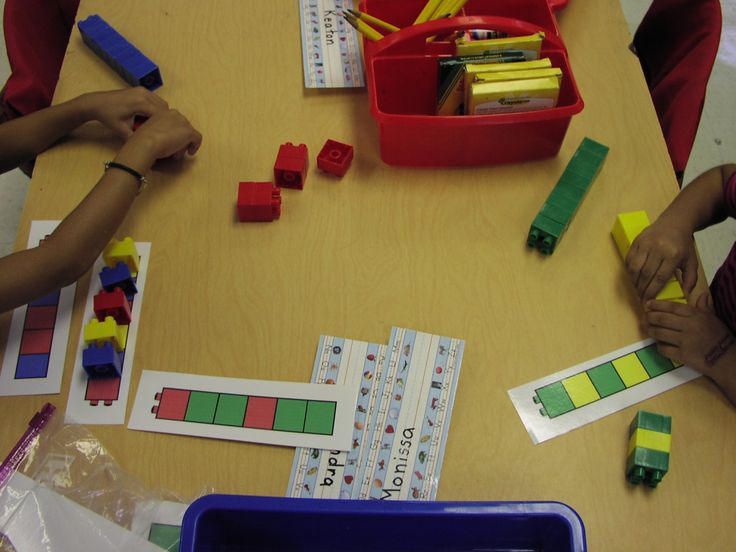 The choice of techniques, the system of exercises
The choice of techniques, the system of exercises and the sequence of organization
of children's activities in the process of assimilation of mathematical material
is greatly influenced by the generally recognized
theory of gradual formation of mental actions
(P.Ya. Galperin, N.F. Talyzina). Psychology also
determines the age-related capabilities of children in mastering
knowledge and skills that are not something frozen and
change depending on the type of education.
15. Connection with other sciences
C LINK WITH OTHER SCIENCESRational construction of the learning process is closely connected
with the creation of optimal conditions based on
anatomical and physiological characteristics of children.
Patterns of physiological processes
in preschoolers serve as the basis for
determining the place and duration of educational activities
for the formation of
mathematical representations for each age group
kindergarten, determine their very structure,
combination and alternation of various methods and means of
teaching, different by the nature of activities
(inclusion of physical minutes, dosing of educational and cognitive tasks, etc.
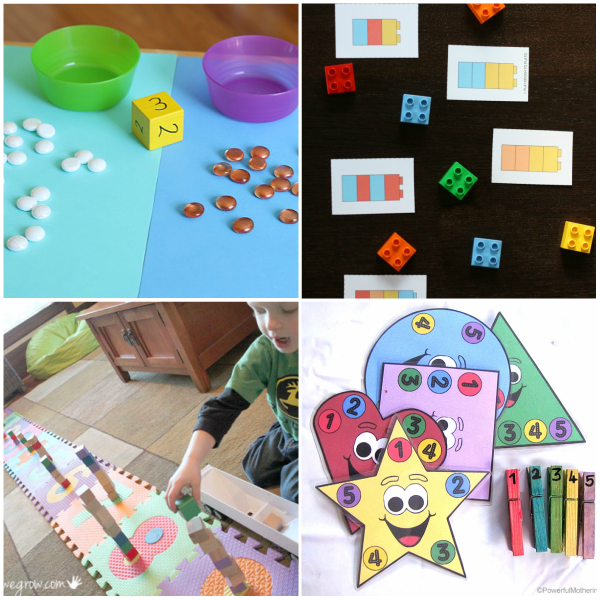 ).
). 16. The role of teaching mathematics for the development of a child's personality
THE ROLEOF TEACHING MATHEMATICS FOR
DEVELOPMENT OF THE CHILD'S PERSONALITY
Mental
(perception, speech,
attention, memory,
sensory, thinking,
math) Labor9078 ZUN8
(mathematics is
hard work)
Physical
(development of muscles
hands, back, eyes)
Moral
(discipline,
organization,
responsibility,
accuracy)
aesthetic
(beauty of mathematical
thoughts, aesthetics of manuals,
drawings, models)
17. “Modern technologies of mathematical education of preschool children” as a subject of
“With MastedTechnologies
Mathematical Education
Preschoolers” as a study subject
under the academic subject understood didactically
a substantiated system of knowledge, skills and
skills, reflecting the main content
of a particular science.
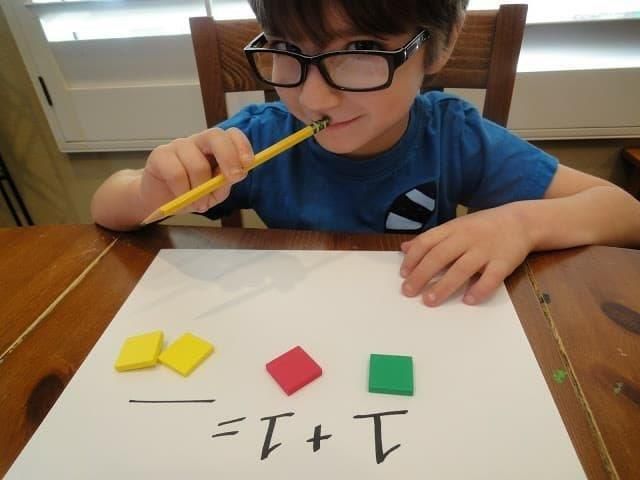
Course "Modern technologies
mathematical education of preschoolers”
is aimed at revealing a didactically
substantiated system of knowledge, skills and
skills that reflect the main content
of such science as the methodology of mathematical development
of preschoolers.
18. Fundamental ideas
ABOUT FUNDAMENTAL IDEAS1. Scientific understanding of the learning process as an active
activity aimed at the intellectual,
in particular mathematical, development of the child's personality
.
2. The transition from the reproductive type of education to
productive, developing, creative,
providing for the restructuring of the entire system
of educational work in kindergarten with
taking into account the interests and cognitive abilities
of each child.
3. The variability of programs and methodological justifications
implies differentiation and individualization of
education, guarantees
the provision of state standards of education
and a sufficiently high level
children's development.




